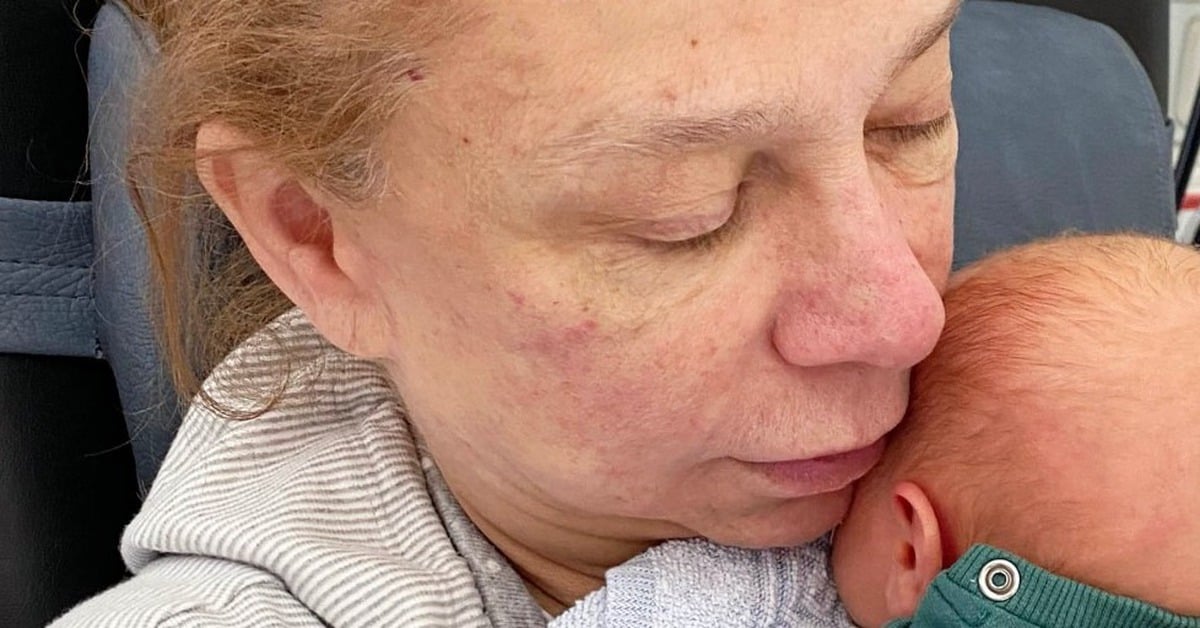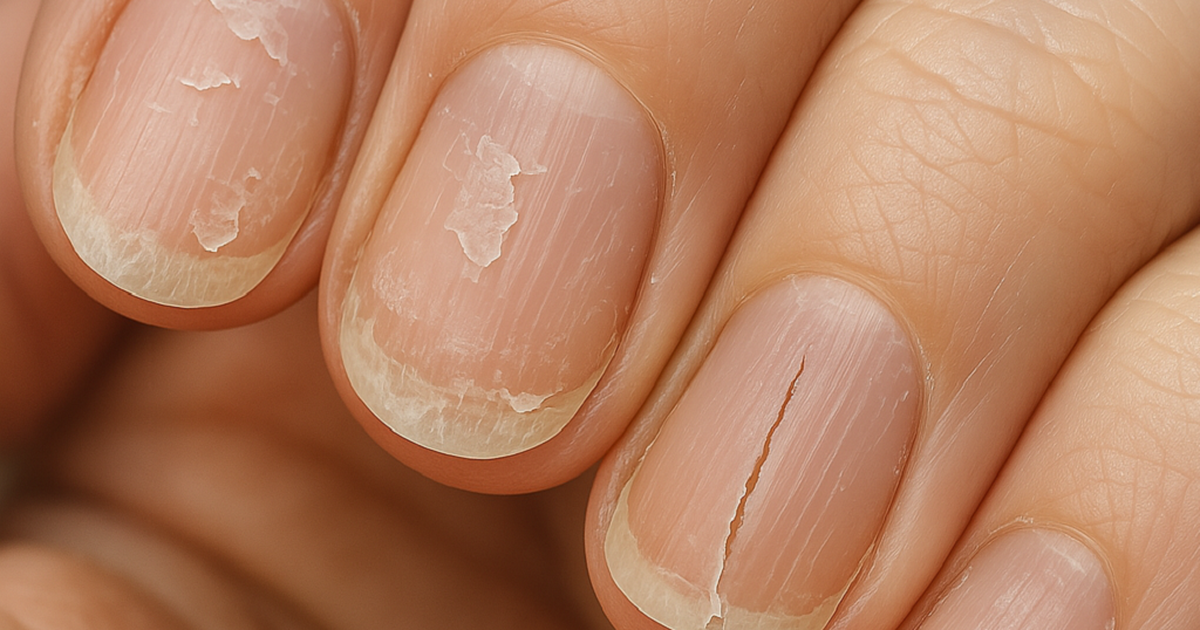There are many causes of hormone decline in women including: age, ovarian failure, autoimmune diseases, and genetics.
Dr. Tran Thuy Ngan (Department of Endocrinology - Diabetes, Tam Anh General Hospital, Ho Chi Minh City) said that female hormone levels are often unstable and change with age. Female hormones often decrease after giving birth, after the age of 30. Hormone decline occurs more after the age of 40-50, female hormones are only about 10% compared to when young, affecting health.
Estrogen deficiency occurs when a woman's body produces less estrogen. Estrogen, a hormone secreted from the ovaries, plays an important role in a woman's appearance and physiology. The main cause of estrogen deficiency is age, which causes low estrogen levels, which decrease during menopause. Eating disorders such as anorexia or bulimia cause hormonal imbalances in the body.
Genetic disorders such as Turner syndrome (short stature, underdeveloped ovaries, heart defects) and Fragile X syndrome (developmental delay, intellectual disability, physical abnormalities, attention deficit hyperactivity disorder, or autism) also cause low estrogen levels. Autoimmune diseases that attack the ovaries also prevent them from making estrogen. Primary ovarian insufficiency (premature menopause) causes the ovaries to stop producing eggs before age 40, causing estrogen levels to drop.
Treatments such as cancer treatments (radiation, chemotherapy) and trauma can affect the ovaries, preventing them from producing normal levels of estrogen. Removing one or both ovaries can also cause estrogen levels to drop.

Estrogen plays an important role in female physiology. Photo: Freepik
The pituitary gland secretes hormones that signal the ovaries to produce estrogen. If the pituitary gland does not release enough of these hormones, the body will produce low levels of estrogen. If the body is stressed or not provided with enough nutrients, it will cause amenorrhea of the hypothalamus (an endocrine gland located in the center of the brain, between the pituitary gland and the thalamus, producing important hormones for the body's activities). In hypothalamic amenorrhea, this gland will not release enough hormones to trigger the production of estrogen in the ovaries.
Normal estrogen levels in women range from 50 pg/ml to 400 pg/ml. If this level decreases, it will cause a decline in female body shape, skin, and physiology. The female hormone estrogen helps women have a soft body, slim waist, full breasts, and smooth skin. Estrogen also affects female reproductive development such as: uterus, vagina, and genital development, pubic hair growth, breast development, proliferation of milk ducts, and development of fat tissue...
Estrogen thickens the uterine lining, creating an environment for the egg to develop. If the egg is not fertilized, the lining will peel off, forming menstruation. This hormone also helps regulate menstruation and maintain sexual ability. Estrogen affects the development of thickness and muscle wall in the fallopian tubes, breast development, nipple pigmentation, the ability to secrete milk when breastfeeding, and stops secreting milk when the baby stops breastfeeding. The firmness and size of the bust depend largely on this hormone.
In addition, it also has the effect of protecting the cardiovascular system, preventing oxidation, preventing atherosclerosis, dilating coronary arteries, increasing blood flow to the coronary arteries, stabilizing blood pressure, preventing osteoporosis... Decreased female hormones have many effects on health such as: menstrual disorders, bone and joint pain, osteoporosis, insomnia... Therefore, if the body has symptoms related to decreased hormones, the patient should go to an Endocrinologist - Diabetes specialist for early treatment to improve health.
Plum Blossom
Source link






![[Photo] Visiting Cu Chi Tunnels - a heroic underground feat](https://vstatic.vietnam.vn/vietnam/resource/IMAGE/2025/4/8/06cb489403514b878768dd7262daba0b)
























































































Comment (0)